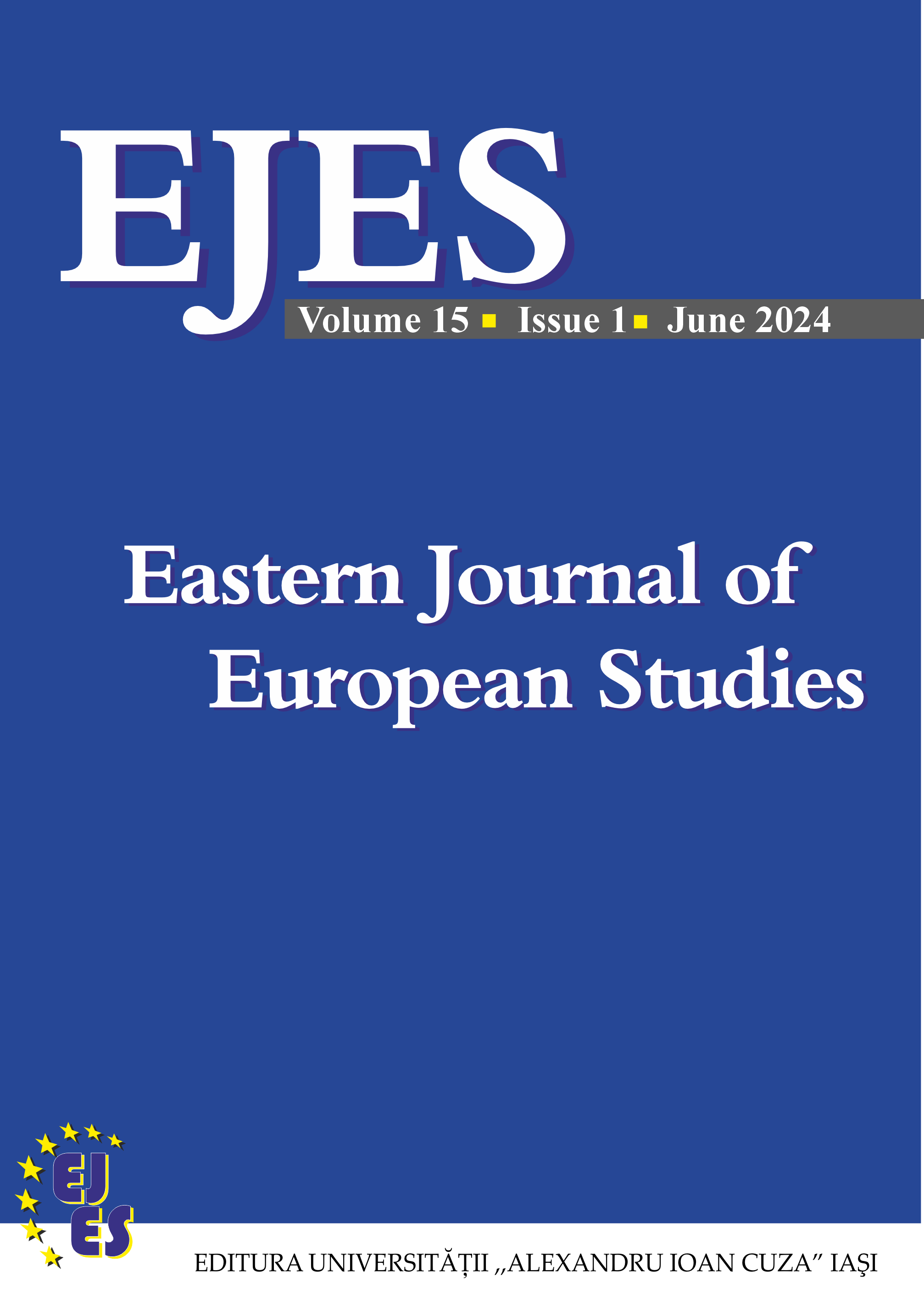Exploring local income inequalities by using spatial statistics. Emphasis on Romanian metropolitan areas
Exploring local income inequalities by using spatial statistics. Emphasis on Romanian metropolitan areas
Author(s): Cosmina-Daniela Ursu, József BenedekSubject(s): Politics / Political Sciences, Economy, National Economy, Governance, Socio-Economic Research
Published by: Editura Universităţii »Alexandru Ioan Cuza« din Iaşi
Keywords: spatial inequalities; income per capita; cluster and outlier analysis; Romania;
Summary/Abstract: Following the collapse of the communist regime, Romania underwent significant economic, territorial, and social transformations that exacerbated inequality. To help policymakers create effective economic strategies, it is necessary to pinpoint the areas with the largest disparities. Thus, using spatial statistics available in ArcGIS, the primary goal of this study is to identify spatial clusters/outliers of income per capita. The findings indicate a strong concentration of high incomes at the regional level in Bucharest-Ilfov, West, Centre, and North-West regions. Conversely, low-income groups are concentrated in every other region, and their circumstances do not appear to improve over the course of the analysis period (2007-2021). At the metropolitan level, large cities are particularly home to high-value clusters and their influence within metropolitan areas is outlined.
Journal: Eastern Journal of European Studies
- Issue Year: 15/2024
- Issue No: 1
- Page Range: 298-323
- Page Count: 26
- Language: English

